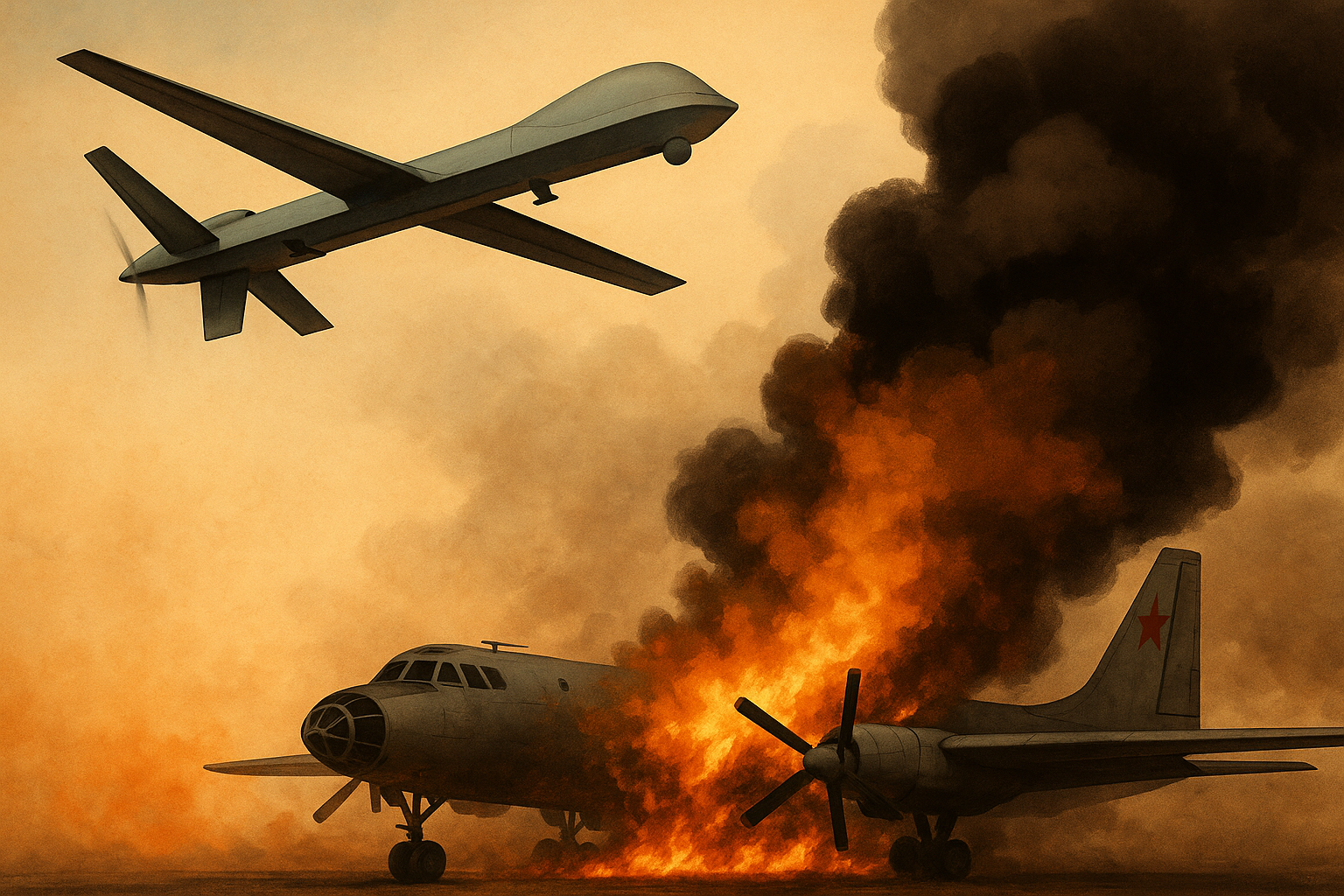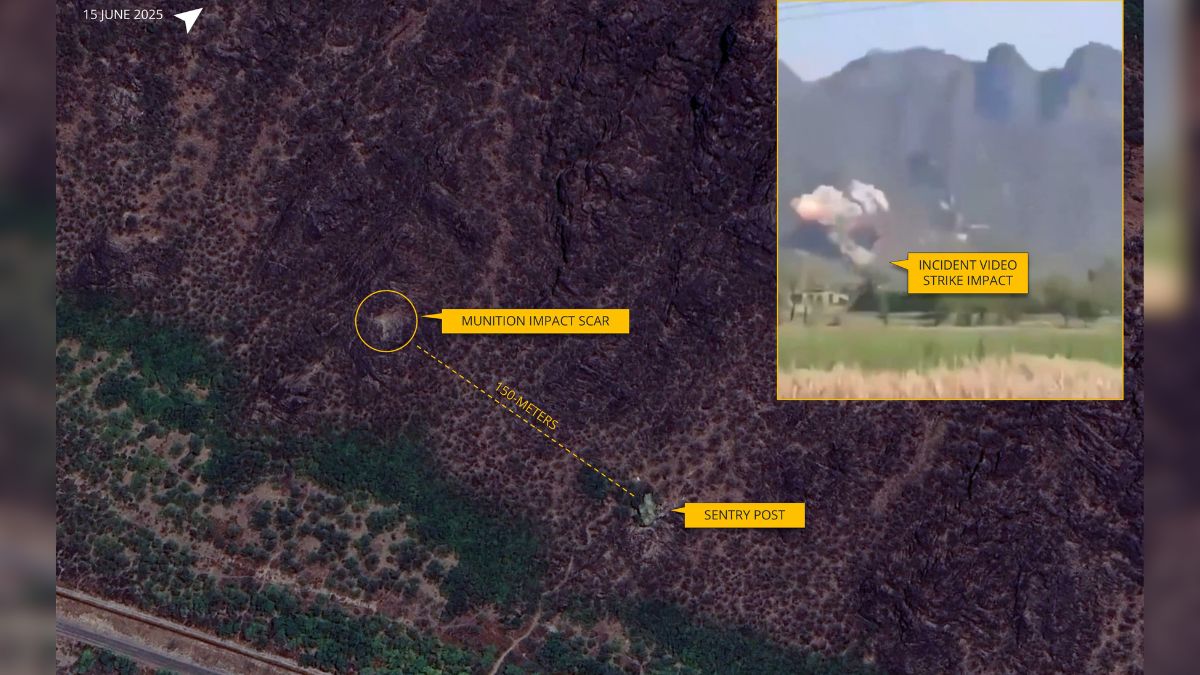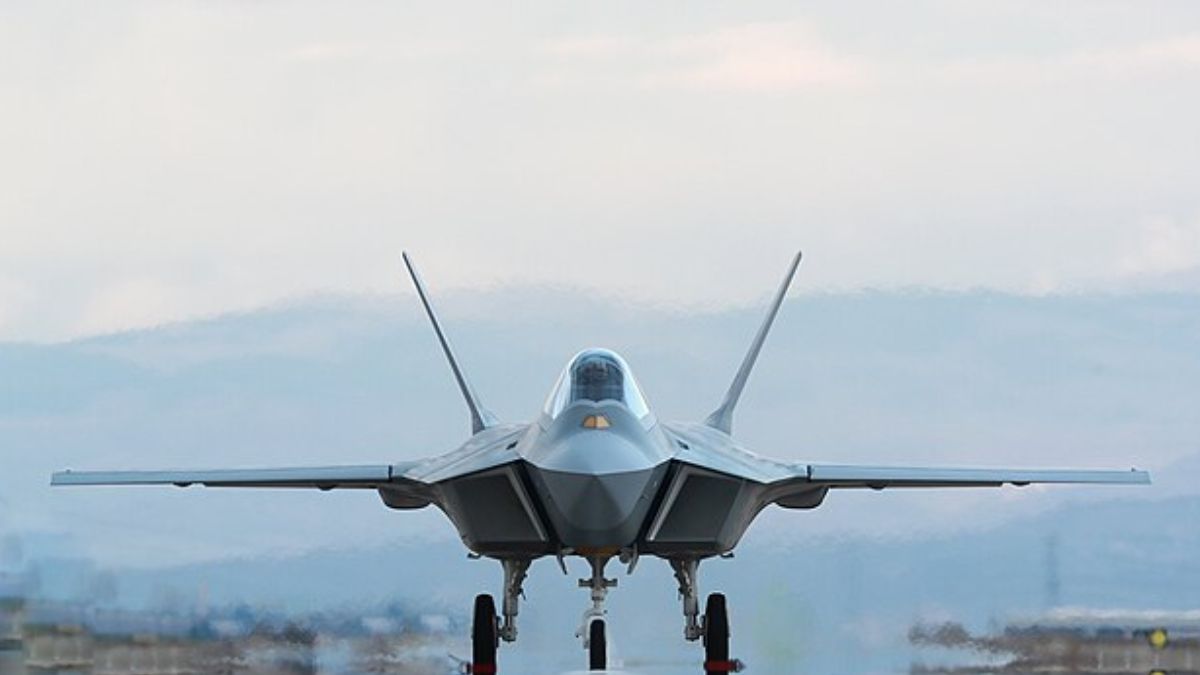Could Ukraine’s Operation Spiderweb Redefine the Future of Drone Warfare?

In the early hours of June 1, 2025, Ukraine launched an ambitious and meticulously planned drone strike deep into Russian territory, marking one of the most audacious military raids in recent history. This operation, dubbed “Spiderweb,” targeted four pivotal Russian airbases: Belaya in Siberia, Olenya near the Arctic Circle, Dyagilevo in Ryazan, and Ivanovo Severny. Each of these bases played critical roles in Russia’s air strategy, housing aircraft instrumental in sustained missile attacks on Ukraine, notably the Tu-95 strategic bombers and Tu-22M3 bombers.
Significantly, Ukraine carefully avoided targeting Russia’s nuclear-capable Tu-160 bombers to mitigate the risks of escalation. Instead, Ukrainian strategists chose to focus exclusively on aircraft that had directly contributed to devastating cruise missile strikes against civilian infrastructure within Ukraine. This selective approach underlined Ukraine’s strategic discipline, showcasing their awareness of broader geopolitical consequences.
Executing Operation Spiderweb involved extraordinary innovation and secrecy. Ukrainian intelligence managed the complex task of smuggling drones deep inside Russia using ordinary trucks fitted with cleverly concealed wooden containers. These containers had remotely operated roofs, enabling a swift and silent launch near the targeted airbases. Employing widely accessible technologies, such as the open-source ArduPilot navigation software, Ukrainian operators relied on commercial 4G LTE networks to guide the drones, with advanced artificial intelligence features enabling autonomous navigation even when signals were disrupted.
What Was the Immediate Military Impact?
The immediate military repercussions of Operation Spiderweb have been substantial. Satellite imagery and drone footage confirmed severe damage or destruction of at least 41 Russian aircraft, including 13 Tu-95 and Tu-22M bombers. Perhaps even more damaging was the reported harm inflicted on two A-50 Airborne Warning and Control System (AWACS) aircraft, significantly reducing Russia’s aerial surveillance and command-and-control capacity.
Economically, the operation inflicted a loss exceeding $7 billion. More critical, however, was the strategic setback Russia suffered. The Tu-95 and Tu-22M bombers—holdovers from the Soviet era and no longer in production—have historically constituted the backbone of Russia’s conventional cruise missile campaign. With their diminished operational capability, Russia’s ability to sustain long-range missile strikes on Ukraine could decline sharply by approximately 34%.
Russia’s immediate reaction was predictable yet costly. Heightened security measures at airbases included increased patrols, enhanced electronic warfare capabilities, and the dispersal of remaining aircraft. Moreover, intensified internal security checks at border crossings, primarily truck inspections, created logistical bottlenecks that inadvertently diverted crucial resources and attention from frontline combat operations.
What Are the Long-term Strategic Implications?
The strategic consequences of this audacious raid will reverberate for years. Russia’s diminished fleet of Tu-95 and Tu-22M bombers represents not merely a loss in numbers but a significant degradation of its long-term strategic strike capabilities. The production of these aircraft ceased decades ago, making replacements impossible in the foreseeable future. Coupled with the substantial weakening of its AWACS capabilities, Russia faces a notable strategic setback in air dominance and long-range operational capacity.
The psychological impact of Operation Spiderweb is even more profound. Domestically, the operation exposed glaring vulnerabilities within the Russian military infrastructure, undermining the morale of both its military establishment and civilian population. Internationally, Ukraine demonstrated an impressive ability to project power deep into Russian territory, shifting perceptions of the conflict’s dynamics and bolstering Ukraine’s international standing as a resilient and capable opponent.
How Does Operation Spiderweb Compare Historically?
Operation Spiderweb is remarkable not only for its boldness but also for its historical resonance. It echoes significant raids from military history, such as the British naval air raid at Taranto in 1940, which incapacitated Italian naval forces using limited air power, and the daring British commando assault on Saint-Nazaire in 1942, which decisively crippled German naval logistics. Equally relevant is the Luftwaffe’s raid at Poltava in 1944, which demonstrated the vulnerability of static airbases without comprehensive defensive measures.
These historical precedents emphasise the enduring effectiveness of surprise and innovation in military strategy. Like its predecessors, Operation Spiderweb reaffirms the principle that ingenuity and precision can yield disproportionate strategic gains.
What Is the Broader Strategic Context of Operation Spiderweb?
Operation Spiderweb also illustrates a significant shift in Ukraine’s military strategy and capability. Unlike earlier in the war, when Kyiv’s strategies relied heavily on Western-supplied arms and technologies, Ukraine independently orchestrated and executed this complex operation using domestically adapted commercial technologies and hybrid logistics. This strategic autonomy reflects Ukraine’s growing confidence in its military capabilities, signalling a shift towards self-reliance and innovative asymmetrical warfare.
The broader implications for NATO and other global military planners are clear. Operation Spiderweb exemplifies the democratisation and decentralisation of warfare capabilities. Cost-effective drones, each costing approximately $10,000, have proven capable of neutralising strategic assets worth tens of millions of dollars, dramatically altering the calculus of modern conflict. NATO and other military alliances are likely to consider increased support for drone-centric strategies rather than relying solely on traditional military equipment.
What Are the Future Implications and Recommendations?
Looking forward, Russia is certain to adapt by intensifying drone countermeasures, incorporating advanced electronic warfare, directed-energy weapons, and AI-powered interception capabilities. Russian military planners may also strategically relocate critical bomber assets further eastward or to more defensible locations in the Arctic.
Conversely, Ukraine and its allies must continue to invest in decentralised drone manufacturing, expand covert logistics networks, and enhance autonomous drone capabilities. These strategies not only reinforce Ukraine’s tactical advantages but also set a viable precedent for future conflicts that increasingly rely on asymmetrical warfare techniques. Operation Spiderweb is more than just a tactical success for Ukraine. It is a powerful demonstration of how innovation and strategic daring can reshape modern warfare.
By leveraging low-cost drone technology, Ukraine delivered a strategic and psychological blow to Russia, challenging traditional military paradigms and highlighting vulnerabilities in static military assets worldwide. The legacy of Operation Spiderweb is likely to influence military doctrines globally, highlighting the importance of adaptive, innovative, and cost-effective warfare in the 21st century.
(Huma Siddiqui is a veteran defence & foreign affairs journalist with over three decades in the Financial Express. Views expressed are the author’s own and do not reflect the editorial stance of RNA.)







